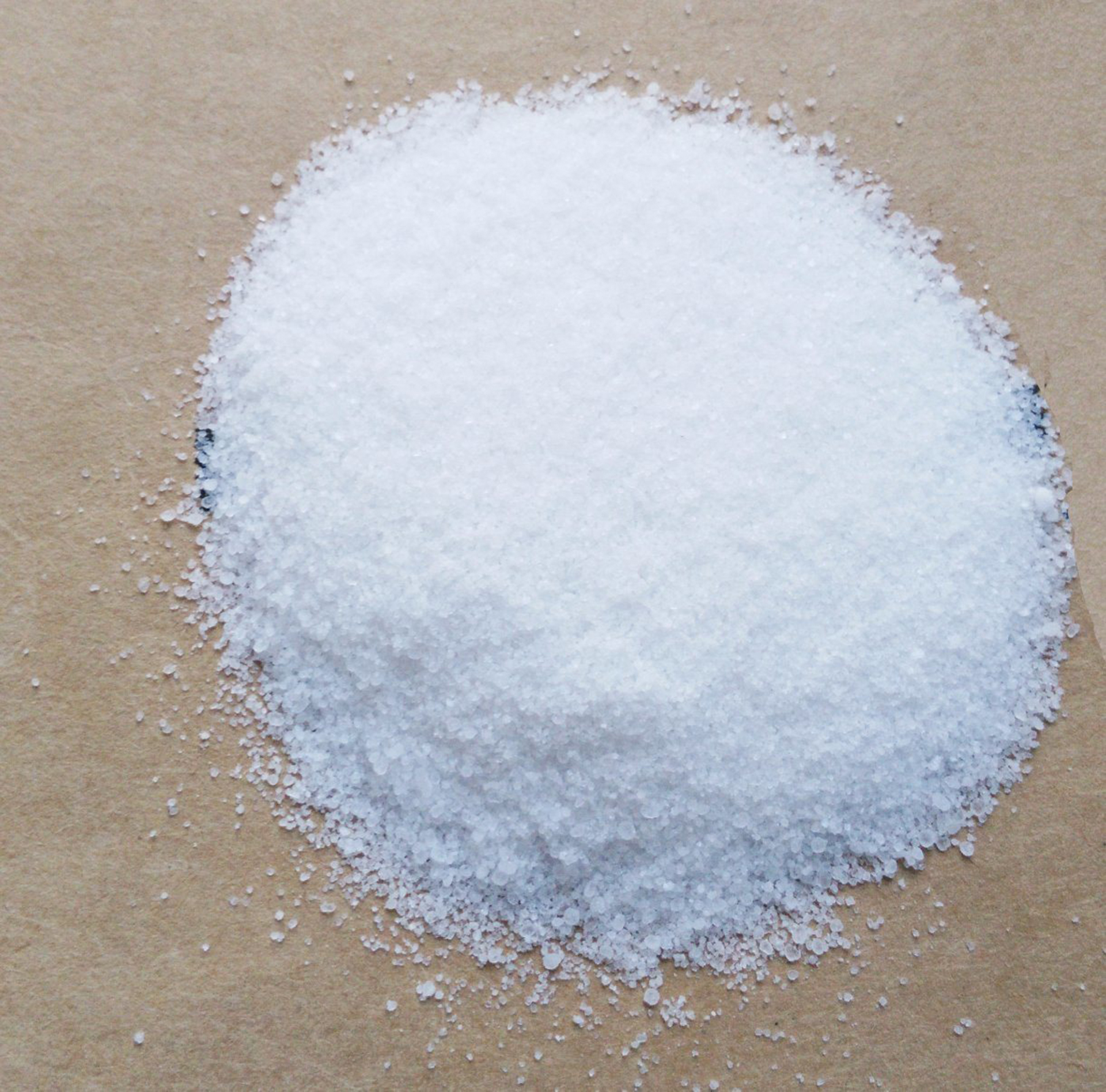



cationic polyacrylamide uses
Understanding the Uses of Cationic Polyacrylamide A Versatile Polymer in Various Industries
Cationic polyacrylamide (CPAM) is a water-soluble polymer that has garnered significant attention across various fields due to its versatility and effectiveness. Composed of acrylamide monomers, CPAM carries a positive charge, making it particularly useful in applications where it can interact with negatively charged materials. This unique characteristic, combined with its ability to form gel-like structures, grants cationic polyacrylamide a wide range of uses in industries such as agriculture, wastewater treatment, paper production, and oil recovery.
One of the most prominent applications of cationic polyacrylamide is in the field of wastewater treatment. In municipalities and industries, water often becomes contaminated with various pollutants, necessitating effective treatment methods. CPAM acts as a flocculating agent, helping to aggregate suspended particles in water, making them easier to remove. The positive charge of CPAM allows it to bind to negatively charged particles, leading to the formation of larger flocs that settle at the bottom of treatment tanks. This process enhances the efficiency of sedimentation and improves water clarity, thus contributing to more effective purification practices.
Understanding the Uses of Cationic Polyacrylamide A Versatile Polymer in Various Industries
In addition to its role in wastewater management, cationic polyacrylamide is widely employed in the paper industry. The process of paper production involves the use of fibers, fillers, and additives that must be appropriately treated to ensure quality. CPAM serves as a retention aid, allowing for better retention of fibers and other materials during the paper-making process. This leads to improved paper quality, enhanced strength, and reduced production costs—a win-win for manufacturers seeking to boost efficiency without compromising their product's performance.
cationic polyacrylamide uses

Furthermore, agricultural applications of cationic polyacrylamide have gained traction in recent years. In the agricultural sector, soil erosion and water retention are critical concerns that impact crop yields. CPAM can be used as a soil conditioner, helping to stabilize soil structure and reduce erosion. By enhancing the water-holding capacity of soil, CPAM ensures that crops have the necessary moisture for growth, ultimately leading to higher yields. Additionally, CPAM can facilitate better nutrient retention in the soil, contributing to sustainable farming practices.
Another significant domain of CPAM application is in enhanced oil recovery (EOR). The oil extraction process often leaves behind substantial amounts of oil that are difficult to recover due to factors such as viscosity and low permeability of the reservoir rock. Cationic polyacrylamide can be injected into oil wells to improve the displacement of oil by reducing the thickness of the oil and increasing the mobility of the displaced fluids. This leads to improved recovery rates, making the process both economically viable and efficient.
Despite its numerous benefits, the use of cationic polyacrylamide does require careful handling. The toxicity of polyacrylamide, particularly the acrylamide monomer, is a concern in occupational health contexts. Therefore, proper safety measures and regulations must be adhered to during its production and use. Additionally, ongoing research into biodegradable alternatives is vital to mitigate potential environmental impacts.
In conclusion, cationic polyacrylamide is a multifaceted polymer with a plethora of applications across various sectors. From enhancing wastewater treatment efficiency and improving paper production processes to supporting sustainable agriculture and oil recovery, CPAM proves to be a valuable asset. As industries continue to seek innovative solutions to meet both operational and environmental challenges, the role of cationic polyacrylamide is likely to expand, reinforcing its position as a key player in modern industrial applications. Through responsible use and ongoing research, cationic polyacrylamide can contribute significantly to sustainable development across multiple domains.
-
Why Sodium Persulfate Is Everywhere NowNewsJul.07,2025
-
Why Polyacrylamide Is in High DemandNewsJul.07,2025
-
Understanding Paint Chemicals and Their ApplicationsNewsJul.07,2025
-
Smart Use Of Mining ChemicalsNewsJul.07,2025
-
Practical Uses of Potassium MonopersulfateNewsJul.07,2025
-
Agrochemicals In Real FarmingNewsJul.07,2025
-
Sodium Chlorite Hot UsesNewsJul.01,2025










